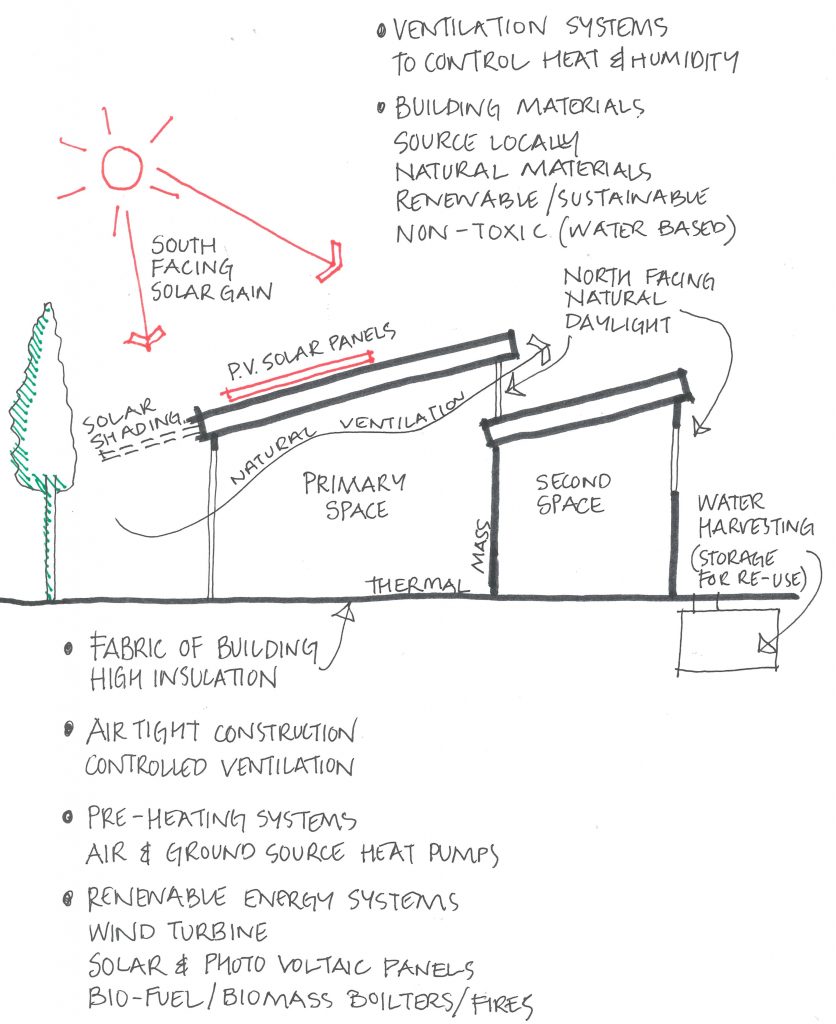Sustainable Architecture
Green Cu3ed can advise clients on the benefits of “Green” sustainable construction.
What is Sustainable Architecture or Green Construction?
A green building has four main elements or components on which it is designed:
Materials
Energy
Water
Health
to make buildings more "Green" and therefore sustainable.
